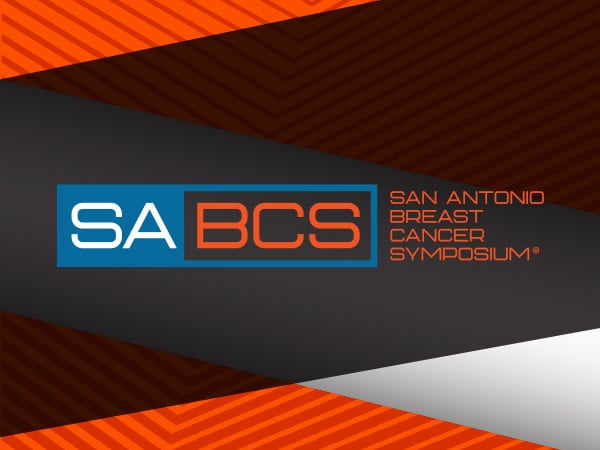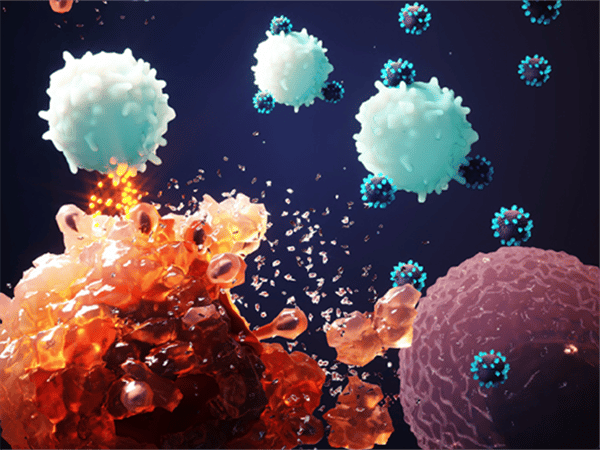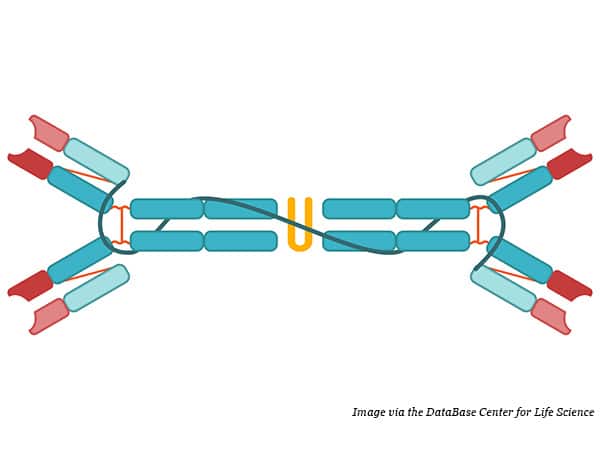AACR’s Latest Journal, Blood Cancer Discovery, Publishes First Paper
The first paper to be accepted by the AACR’s latest journal, Blood Cancer Discovery, was published online last week. The paper, which is freely available on the journal website, describes the landscape of mutations present in pediatric acute lymphoblastic leukemia (ALL) and how this landscape changes during treatment, leading to relapse.

“ALL is one of the most common causes of death from cancer for children in the United States,” said study author Charles G. Mullighan, MD, member of the Department of Pathology and deputy director of the St. Jude Children’s Research Hospital Comprehensive Cancer Center in Memphis, in an AACR press release. “Our study provides a tapestry of the genetic changes in pediatric ALL and how these genetic changes alter over time as the patient is treated and as the leukemia relapses. This information has the potential to be translated into new strategies for early detection of relapse and the development of treatments to prevent clinical occurrence.”
Mullighan and colleagues comprehensively analyzed a series of leukemia cell samples from 92 children with relapsed ALL, 67 with B-cell ALL, and 25 with T-cell ALL. Samples were obtained at diagnosis, at several times during treatment, and at the point of relapse. Samples were analyzed using a number of different techniques, including exome, genome, and transcriptome sequencing, digital-droplet PCR, and xenografting.
The researchers identified 50 significantly mutated genes at relapse and multiple patterns of clonal evolution, including genes that are mutated at diagnosis and enriched at relapse, and other genes that are only mutated after initial diagnosis. Among the changes detected over time was an increase in RAS pathway mutations at B-cell ALL relapse. RAS pathway mutations accounted for 17.9 percent of the mutations in patients at diagnosis, and 31.3 percent of the mutations at relapse. In T-cell ALL, PI3K-AKT pathway mutations were common in patients at diagnosis and were infrequently detected at relapse.
Mullighan highlighted three parts of the study as having the potential for clinical translation:
- distinguishing between relapse and second primary leukemias;
- identification of a subset of hypermutated leukemias; and
- early detection of relapse-driving mutations using digital-droplet PCR.
Second primary leukemia or relapse?
“Some patients have what appears to be a second primary leukemia, rather than a relapse,” said Mullighan. “It is important to distinguish between relapse and a second primary leukemia because the approach to treating these two clinical situations is very different.”
Using whole-genome sequencing and breakpoint-spanning PCR, the researchers found that three of four cases of what appeared to be second primary leukemias were instead relapse of the initial leukemia because they shared identical genetic alterations. For example, diagnosis and relapse samples from one patient with discordant coding mutations and structural variants were subjected to whole-genome sequencing, showing identical BCR-ABL rearrangement breakpoints and 65 shared single nucleotide variants.
Identification of hypermutated leukemias
“Pediatric ALL typically does not have a lot of mutations—about eight to 10 mutations per leukemia,” said Mullighan.
The researchers defined hypermutation as samples with 85 or more mutations. Three percent of patients had hypermutation at diagnosis, 17 percent at first relapse, and 64 percent at second relapse. Three distinct hypermutation profiles were detected, suggesting that they were generated by three different mutational processes, said Mullighan.
“Hypermutation was associated with an increased frequency of predicted neoantigen presentation. Immunotherapy is used to treat other cancers characterized by hypermutation, so we have begun preclinical studies to evaluate whether this approach to treatment might be possible for hypermutated pediatric ALL,” added Mullighan.
Early detection of relapse-driving mutations
The researchers used digital-droplet PCR to monitor for the emergence of relapse-driving mutations in a series of samples from five patients. This technique was able to detect relapse-specific mutations in samples from earlier time points before relapse than conventional minimal residual disease (MRD) testing, including in bone marrow samples that showed complete remission by MRD testing.
“We are following up on the data on early detection of relapse-driving mutations to determine whether we can develop a test that can be evaluated in the clinic as a new tool to monitor pediatric patients with ALL,” said Mullighan.
In the press release announcing the paper from Mullighan and colleagues, AACR CEO Margaret Foti, PhD, MD (hc), said: “This inaugural paper reflects the high caliber of articles to be included in Blood Cancer Discovery. Editors-in-chief [Riccardo] Dalla-Favera and [Kenneth] Anderson, both distinguished international researchers and leaders in the field of hematologic oncology, are overseeing an editorial board comprised of world-renowned experts who will guide the acceptance of leading blood cancer research studies from laboratories and clinics all over the world.”
Editor’s note: Mullighan was recently featured in the AACR’s Researchers Behind the Journals. A preview issue of Blood Cancer Discovery will be available at the AACR’s Annual Meeting in April 2020. For more information or to submit a manuscript, please visit www.AACRjournals.org/bcd. To learn about the AACR’s publications program, which spans the spectrum of cancer research, please visit www.AACRjournals.org.




